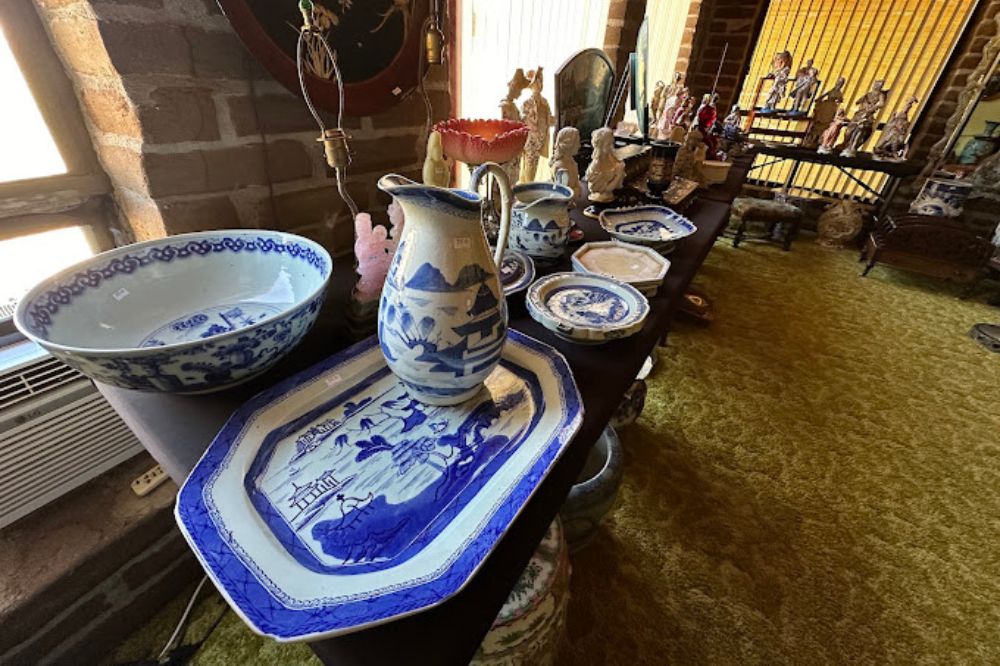
How Do Chinese Antiques Buyers Assess the Rarity and Authenticity of Lesser-Known Pieces?
Chinese antiques have fascinated collectors for centuries because of their rich cultural history, detailed craftsmanship, and unique designs. While well-known pieces from famous dynasties like the Ming and Qing are highly sought after, many lesser-known antiques can also be quite valuable. However, figuring out the rarity and authenticity of these pieces can be tough, especially for those who aren’t familiar with the details of Chinese art. In this guide, we’ll look at how experienced buyers assess the rarity and authenticity of Chinese antiques using different methods to ensure they are investing in genuine, valuable items. Whether you’re a collector or just curious about Chinese antiques, knowing these techniques is important.
Understanding Rarity in Chinese Antiques
Chinese antiques are highly prized for their rich history, artistry, and cultural significance. These items can hold immense value, whether it’s a rare porcelain vase or a beautifully carved jade figurine. However, assessing the rarity and authenticity of lesser-known Chinese antiques requires expertise. Collectors and buyers must look beyond appearances to determine whether a piece is rare and valuable. In this blog, we’ll explore how Chinese antique buyers evaluate the rarity and authenticity of lesser-known pieces, ensuring they invest in genuine treasures with historical importance.
How Do Buyers Authenticate Lesser-Known Chinese Antiques?
Authenticating Chinese antiques, particularly lesser-known items, requires a solid grasp of history, art, and materials. Buyers of Chinese antiques rely on various methods to ensure they are getting a genuine piece.
Provenance Research
The first step in authenticating an antique is often tracing its history. Provenance, or the record of an item’s ownership or origin, is crucial in verifying its authenticity. A well-documented provenance boosts an antique’s credibility, making it easier to confirm that the piece is genuine. Buyers usually ask for any historical records or paperwork tied to the item, such as previous auction sales or family ownership details, to ensure they get an authentic and valuable piece.
Material Analysis
Buyers often analyze the materials used to make an antique to determine if it is genuine. For example, certain Chinese porcelain or jade types from particular dynasties are known for their unique composition. Experts can identify the age and authenticity of a piece by testing the materials, ensuring that they align with the era in which it was supposedly made.
Expert Appraisal
Expert appraisals are an important step for buyers of Chinese antiques. They often consult professionals who specialize in Chinese art to evaluate the piece. These experts look closely at the item’s style, materials, and markings to confirm if it’s authentic. They may also compare the piece to similar items in museums or catalogs to check for consistency with the same era or artist. This professional insight helps buyers feel confident that they are investing in a genuine antique.
Examination of Marks and Symbols
Authentic Chinese antiques often bear distinctive marks or symbols that help experts verify their origin and date. For instance, porcelain pieces may have kiln marks, and bronze artifacts may feature inscriptions that indicate the period in which they were made. Buyers carefully examine these details to distinguish between real and replica items.
Scientific Testing
For higher-end pieces, scientific testing can be used to confirm authenticity. Methods like carbon dating, thermoluminescence testing, and X-ray fluorescence offer important information about an antique’s age and materials. These techniques help determine if the materials and methods used in the piece match the time period it is said to come from.
Avoiding Common Pitfalls When Evaluating Chinese Antiques
When assessing Chinese antiques, particularly lesser-known pieces, there are a few common mistakes that both buyers and sellers should avoid.
- Relying Solely on Visual Appeal: Just because a piece looks old and beautiful isn’t authentic. Buyers must examine the item’s provenance, material, and historical significance before purchasing. A visually appealing piece could be a modern reproduction, which would dramatically reduce its value.
- Overlooking Reproductions: Chinese antiques are often reproduced, and some replicas look very convincing. Buyers should be careful of reproductions that imitate older items. Sometimes, these copies are so well-made that they can trick inexperienced buyers. That’s why expert evaluation and testing are so important.
- Ignoring Restoration Work: While some restoration may be necessary for older pieces, extensive restoration can affect an antique’s value and rarity. Chinese antiques buyers carefully assess whether restoration has been done and whether it impacts the piece’s authenticity. For example, if an original glaze on a porcelain vase has been touched up or replaced, this could significantly lower its value.
The Role of Auctions and Private Sellers in Chinese Antique Purchases
Auctions and private sellers play an essential role in the world of Chinese antiques. Reputable auction houses often showcase rare and valuable pieces, many with documented histories (provenance) that help confirm their authenticity. However, auctions can get competitive, driving prices up, so it’s essential for buyers to research thoroughly before bidding. Private sellers, like estate sales and private collections, can offer more budget-friendly options. These lesser-known sources sometimes hold hidden gems, but buyers should be cautious. It’s always a good idea to consult an expert to ensure the item is genuine before purchasing.
Conclusion
Buyers need to use historical knowledge, material analysis, and expert evaluations when checking the rarity and authenticity of lesser-known Chinese antiques. Although this process can be difficult, taking the time to carefully evaluate each piece can lead to discovering rare treasures with both financial and cultural value. If you’re looking to buy or sell Chinese antiques in the San Diego area, consider talking to professionals like San Diego Liquidation and Estate Sale Services Inc. to help you make informed decisions.




